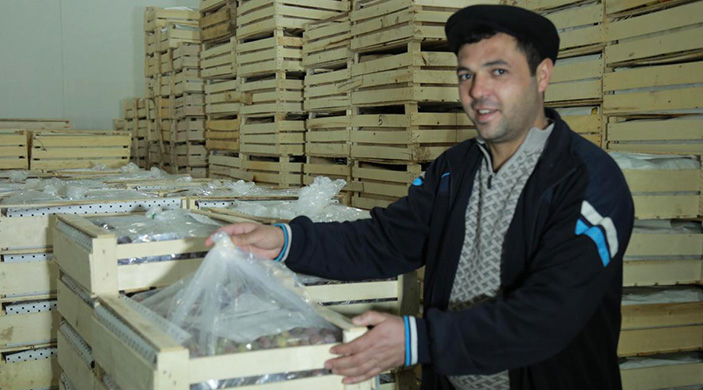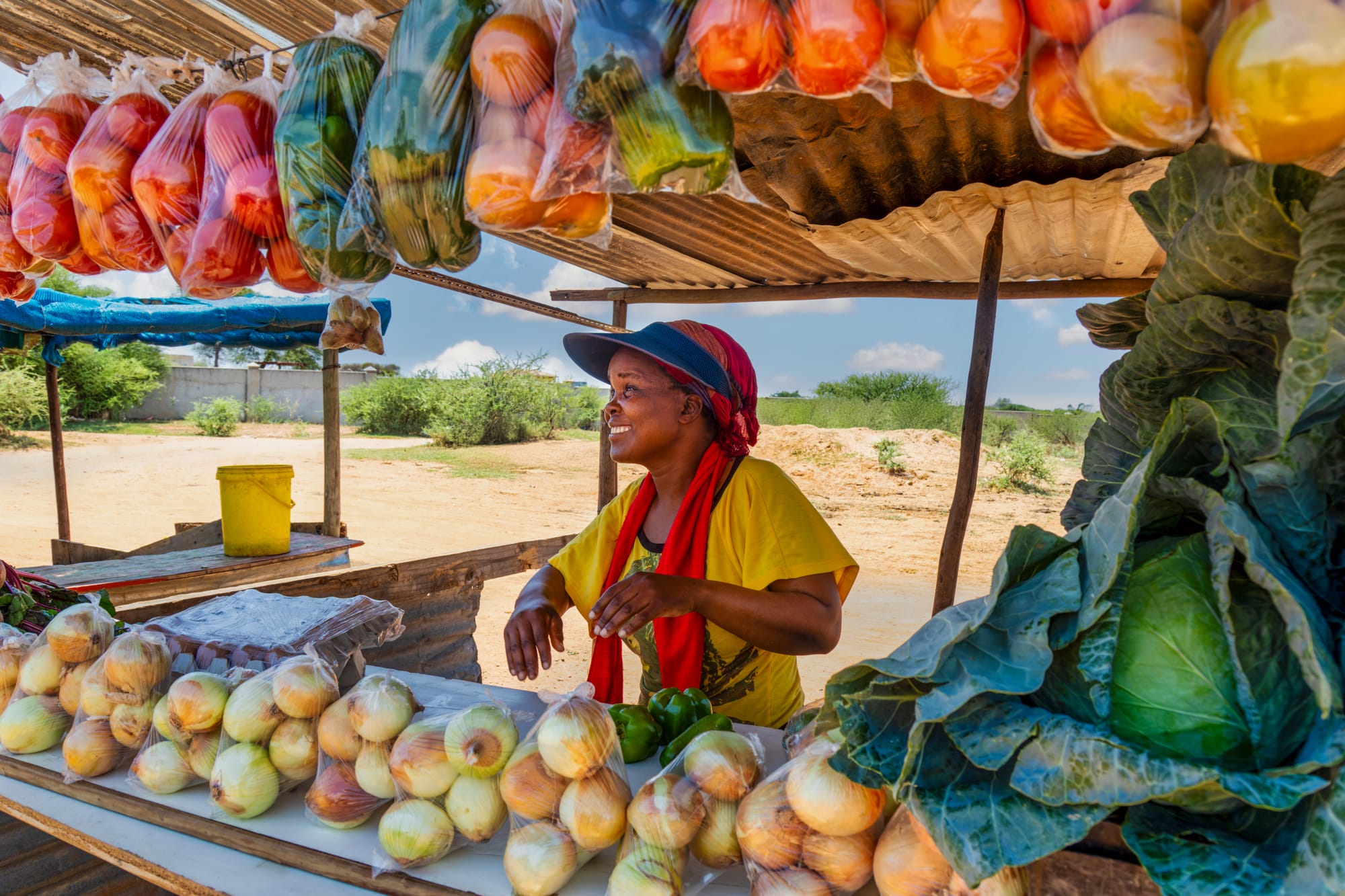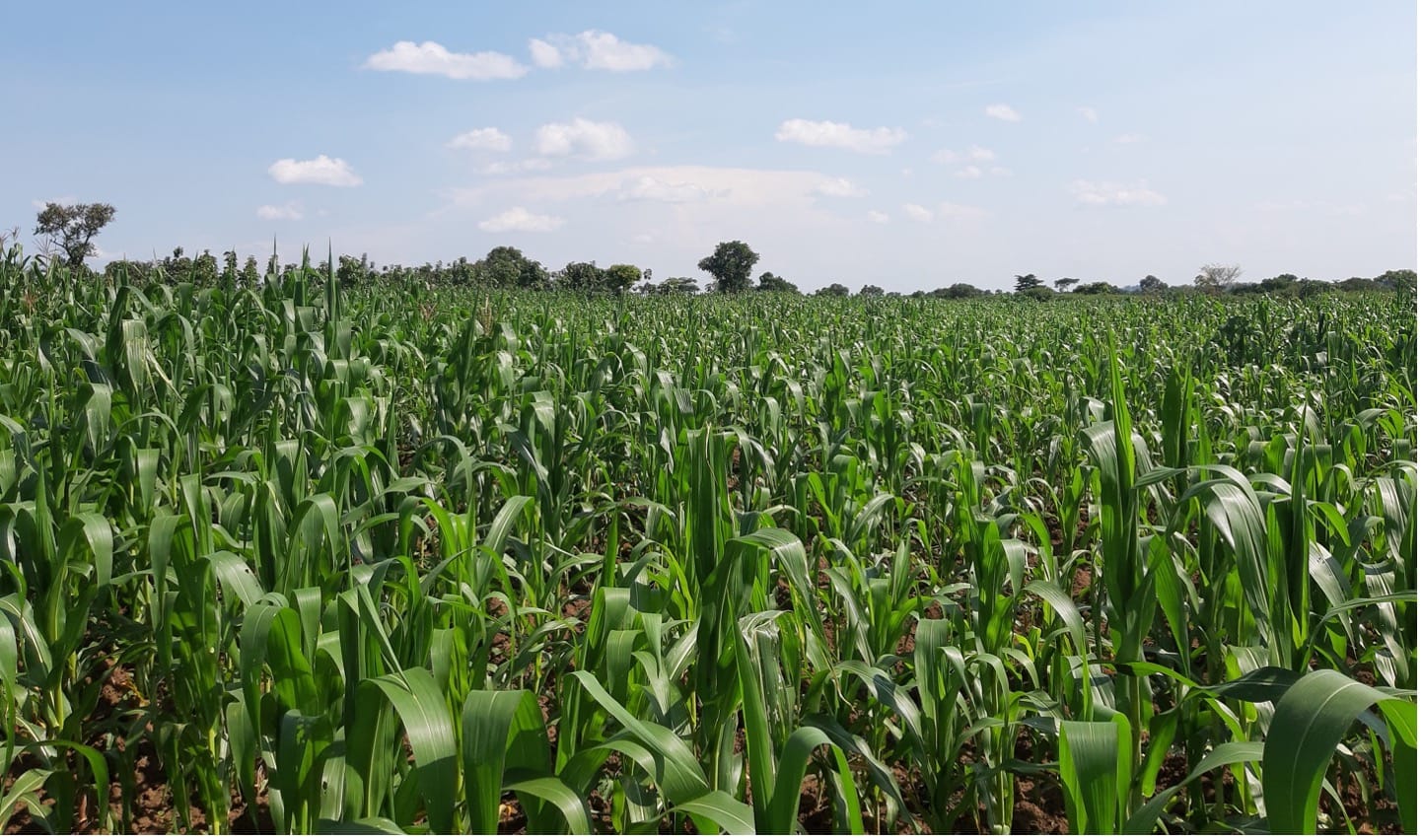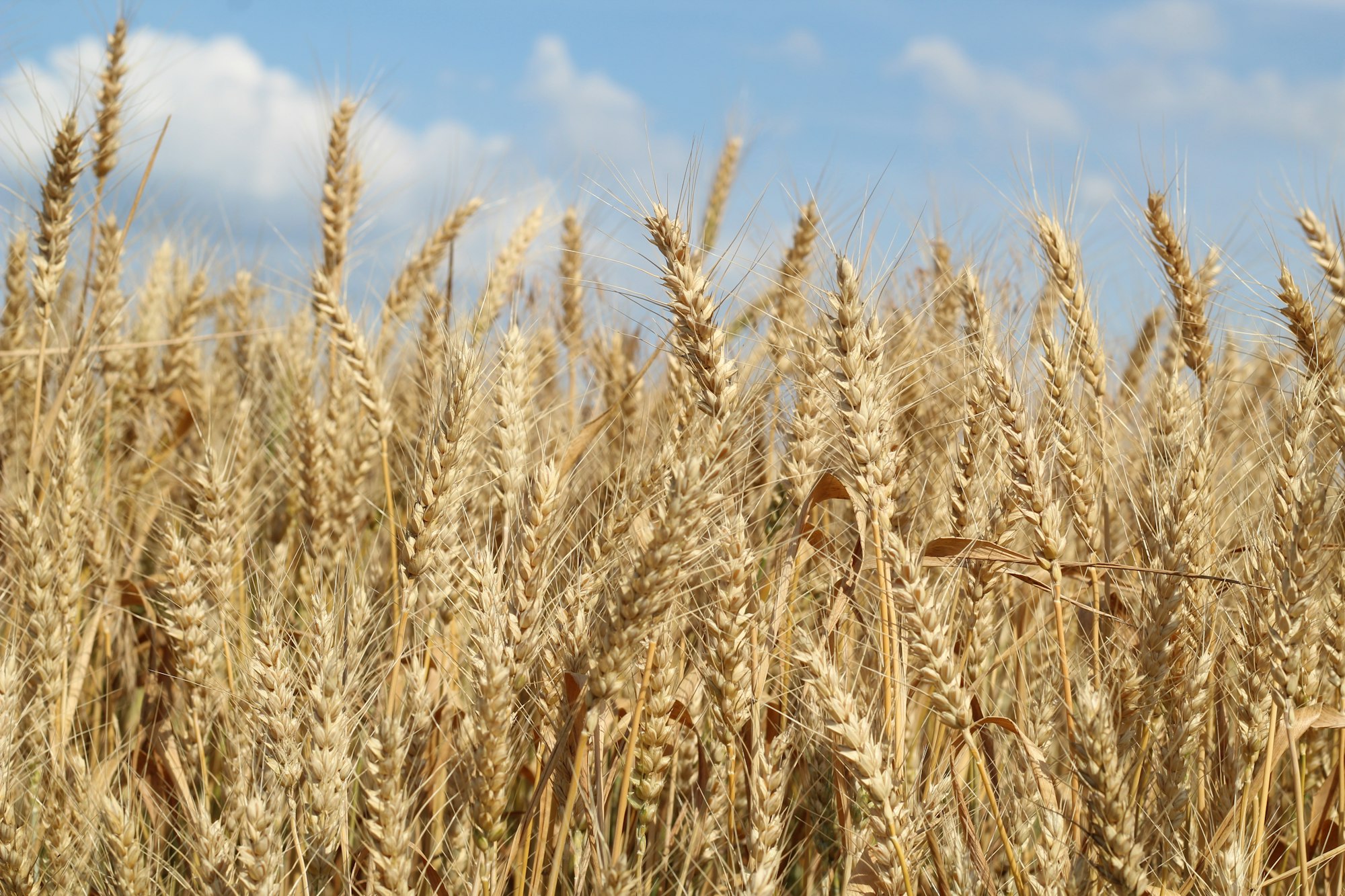We were amazed to see a packed audience in 2010 when our team from the Global Cold Chain Alliance (GCCA) traveled to Tashkent, Uzbekistan. Our Uzbek trainees came from many backgrounds—teachers, builders, businessmen—eager to learn about this vital link in the agricultural value chain. Most did not have experience in the cold chain, let alone a refrigeration facility to manage, yet they soon formed the foundation for the country’s remarkable cold chain development.
Following a public policy directive issued in 2011 by the Government of Uzbekistan and supported by international financial institutions, the government established a preferential lending regime for the cold storage sector. Uzbekistan has since increased its refrigerated warehousing from 258,000 cubic meters in 2010 to more than 3.5 million cubic meters with technical assistance from the U.S. Agency for International Development (USAID) AgLinks, AgLinks Plus, and Agricultural Value Chains (AVC) programs.
Farmers have enjoyed greater sales growth in high-value vegetables and fruits—such as grapes, cherries, and apricots—as a result of the crops’ longer lifespans. This boom in cold-storage infrastructure has enhanced Uzbekistan’s market capabilities, improving the abilities of farmers, transporters, grocers, and exporters to increase sales. In 2016 alone, for example, horticultural exports jumped by 38 percent, to more than 800,000 tons of fruit and vegetables. These results have also enabled households in Uzbekistan to consume fruits and vegetables more readily and over a longer period of the year.

Enthusiasm for New Ways
The fall of the Soviet Union 25 years ago challenged Uzbekistan’s agricultural community to take on significant agricultural reform and job redistribution. Large farm collectives were broken up and redistributed to private farm enterprises, with infrastructure and agricultural practices needing rehabilitation and retooling to meet the needs of more market-oriented private farms and businesses. In 2007, DAI launched the USAID AgLinks Uzbekistan program to consolidate the hard-earned gains made under earlier development assistance projects. In addition to building the capacity of private farmers, agroprocessors, and public sector entities, DAI partnered with the GCCA to help new entrants expand Uzbekistan’s cold chain by means of technical assistance designed to complement financial incentives—thereby supporting ongoing agricultural gains and facilitating economic growth.
A “cold chain” manages the temperature of perishable products to maintain quality and safety from slaughter or harvest through distribution to the final consumer, essentially from farm to fork. The cold chain is composed of links, each essential to the integrity of food quality and safety. These links include postharvest activities, processing, transportation, storage and consolidation, retail, and, finally, a consumer’s refrigerator. An effective cold chain enables farmers to diversify production to include high-value perishable crops that increase earnings and benefit supporting industries such as transportation and export. High-value fruits and vegetables fetch higher prices than traditional crops such as cotton and potatoes.
Limited shelf life hinders profitability. For example, using traditional means, grapes could only be kept a few months after harvest. Even if the grapes ended up in refrigerated cases at supermarkets, the product had usually been kept uncooled for several days before making it to that point. Following training provided by the AVC project, grapes are now being cooled within 8-12 hours and shelf life has been extended to up to 180 days through the combination of best cold storage practices and the introduction of sulphur dioxide pads to inhibit mold.
Market-Driven Agricultural Expansion
The proliferation of cold-storage facilities resulted from a combination of forces. First, market demand for fresh fruits required increased cold storage. Second, the Government of Uzbekistan, in collaboration with the World Bank, Asian Development Bank, and others, has emphasized lending to the horticultural industry through preferential loan programs orchestrated with local banks. Third, the technical assistance provided by GCCA through AVC and AgLinks assured these cold-storage facilities are managed using best technical practices. Finally, a rapid return on investment is enabling investors to repay their cold-storage loans and further expand.
These facilities range in capacity from 20 to 20,000 metric tons. Some of the smaller structures use air conditioners that have been adapted using CoolBot technology, while the larger facilities use commercial-scale refrigeration equipment. GCCA played a major role through the AgLinks Plus project in providing a technical training program for Uzbek refrigeration technicians in direct response to industry demand.
The growing number of facilities has also complemented the growing table grape, cherry, and apricot markets. These products now move much more easily into export markets in the region and beyond, growing capabilities and profits for farmers, logistics providers, and others.
Uzbekistan prioritized agricultural growth as a means to help address social issues such as employment, wellbeing, and further urban and rural development, and the country itself deserves the lion’s share of the credit for its cold storage transformation:
- The Government of Uzbekistan authorized USAID’s horticultural support program and sought affordable credit options for cold chain developers.
- The Uzbek business community, specifically early-adopting producers and exporters, grasped the entrepreneurial opportunity to make the necessary investments in their own business capacity.
- Collectively, the government and the private sector developed the linkages needed to access international markets willing and able to pay for high-value fruits and vegetables.

Becoming a Cold-Chain World Leader
With more than 2,000 cold storage facilities accounting for nearly 4 million cubic meters of capacity, Uzbekistan now ranks among the Global Top 20 in the Global Cold Chain Alliance’s Global Cold Chain Capacity Report for 2016, among the likes of China, Brazil, and Mexico. Yet, Uzbekistan still has work to do: it is estimated that total capacity needs to be up to 10 times the present amount.
AVC and GCCA will continue to promote the development of refrigerated transportation, increased food safety, and the use of larger facilities. It is likely the Uzbek cold chain will undergo consolidation, reducing the number of facilities but increasing the total capacity, thus driving efficiency.
The Global Cold Chain Alliance is proud to have partnered in this growth with DAI, USAID, and the people and Government of Uzbekistan in building the foundation for a world class cold chain. As its agricultural value chains continue to develop, Uzbekistan will increasingly become a leader in production, jobs creation, and economic growth in the Central Asian region.




